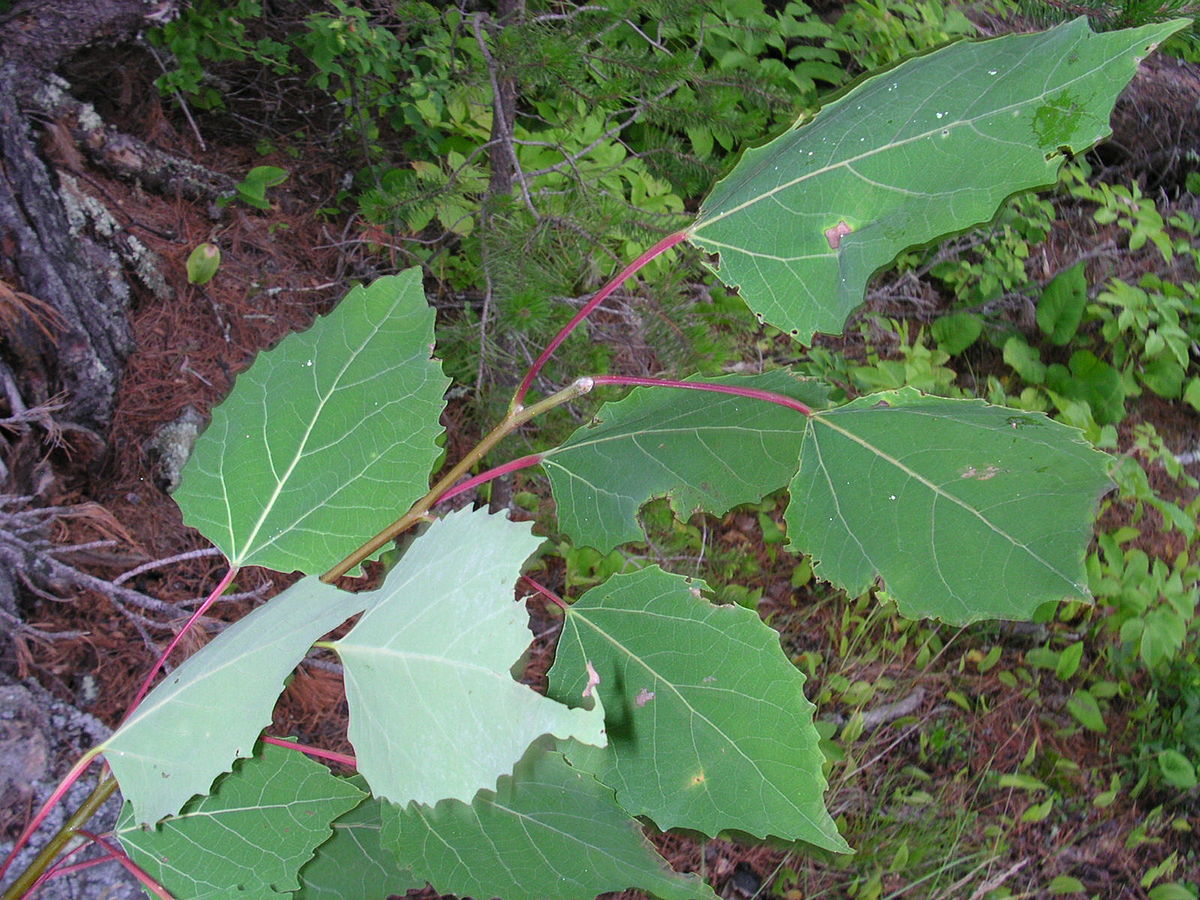Largetooth Aspen in Polk County: Myth or Reality?
 In a joint effort to expand the knowledge and understanding of the flora and fauna of Polk County, Conserving Carolina and botanist, David Campbell, need your help in locating this month’s “Polk County’s Most Wanted—Plant”—Bigtooth or Largetooth Aspen (Populus grandidentata).
In a joint effort to expand the knowledge and understanding of the flora and fauna of Polk County, Conserving Carolina and botanist, David Campbell, need your help in locating this month’s “Polk County’s Most Wanted—Plant”—Bigtooth or Largetooth Aspen (Populus grandidentata).
About Largetooth Aspen
Bigtooth or Largetooth Aspen is found commonly throughout the boreal forest regions of Ontario and Quebec, as well as much of northeastern North America. This species makes its way south in our region just barely, at relatively high elevations, where it is known from only a handful of counties.
Able to reach heights of over sixty feet on favored sites, the Largetooth Aspen is often seen at between thirty to fifty feet in total height. The young bark is smooth, and pale yellowish or gray, becoming darker and deeply furrowed when mature. The shape of the leaves is typically ovate with a blunt tip, and between 6-15 ‘teeth’ on each side of the leaf (hence the common and scientific names). The fruits are catkins, between three to five inches in overall length.
In our area, Largetooth Aspen is typically found on dry, well drained rocky slopes in mountainous regions. There is an old record of this species being found in Polk County, but the details are obscure; it may in fact be an erroneous record. However, the occurrence of Largetooth Aspen at the higher elevations in the montane portions of Polk County is not entirely out of the question (Polk County has far stranger and verified plant records on the books than this).
Report Your Sighting
Largetooth Aspen is a distinctive and easily identified tree species. If you feel that you have seen Largetooth Aspen in Polk County, please send photos, questions or comments to Pam Torlina at Conserving Carolina by phone at (828)697-5777, ext. 300 or email, [email protected].
Learn More
Visit the Most Wanted page for more information about “Polk County’s Most Wanted” and to download and print a “Pocket Guide” with all of the “Most Wanted” plants, animals, and habitats that you can be on the lookout for when you’re out in the field!